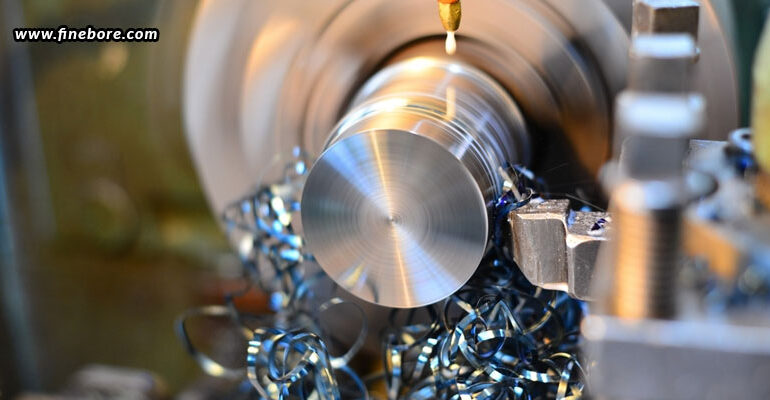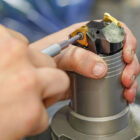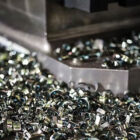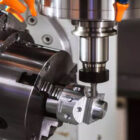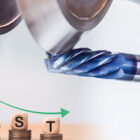An apparently inconspicuous equipment like the boring bar serves a crucial function in the field of precision machining, where accuracy is essential. A number of industries rely on a boring bar’s ability to precisely enlarge or refine existing holes. This in-depth guide will concentrate on one of the key best practices for guaranteeing success in your machining endeavours – aligning the boring bar correctly. Tool alignment is the foundation of precision boring. It is the cornerstone of efficient operations in the complex realm of precision boring, where even the smallest deviation can result in expensive mistakes. Your boring bar’s alignment is similar to the base of a strong building; if it isn’t solid, the entire structure is at risk.
Secure clamping
Your boring bar needs to be securely clamped in the machine spindle before you can achieve excellent tool alignment. Even the smallest amount of movement or play in this connection can lead to errors, subpar surface finishes, and, in the worst case, tool breakage. First and foremost, you need to ensure that the clamping mechanism on your equipment is functioning properly. The stability of the boring bar may be compromised by a broken or worn-out mechanism. Next, you need to follow the torque recommendations provided by the manufacturer while clamping the boring bar as under-tightening can cause slippage, while overtightening can distort the bar. When tightening the fastening screws or bolts, you also need to make sure that you’re applying uniform pressure, as misalignment can be brought on by an unequal application of force.
Centering
The next pivotal step in alignment is centering the boring bar precisely within the spindle. Precision machining prohibits substantial bore variations, which can result from even a minute misalignment. The majority of machine spindles have mechanisms for locating tools. You must learn the correct adjustment procedure for your equipment, and use it to make any necessary adjustments. You can check the concentricity of the boring bar inside the spindle using a dial indicator, and make sure the indicator’s probe uniformly touches the surface of the bar. To ensure that your boring bar is centred properly, you may also make test cuts using a known-accurate setup, adjusting as necessary until the desired precision is attained. Being centred is a continuous process; hence, as part of your standard maintenance, check and recalibrate frequently to ensure consistent precision.
Toolholder fit
Last but not least, obtaining and maintaining alignment depends on how well the toolholder fits the boring bar. Instability and improper alignment might result from compatibility problems between these parts. Make that the dimensions and design of the shanks on the toolholder and boring bar are compatible. An incorrect fit might lead to poor seating and clamping. For precision, a lot of boring bars and toolholders rely on taper fittings. Make that the components are seated properly and that the taper angles match. Check the toolholder and the boring bar frequently for wear or damage that could impact their alignment and fit.
A foundation of precision is built by the effective clamping of the boring bar, exact spindle centering, and confirmation of the toolholder’s compatibility. These actions don’t stand alone; rather, they represent a constant dedication to upholding the alignment that is the foundation of efficient machining. Every micrometre counts in the world of precision, and careful tool alignment guarantees that your boring operations adhere to the highest standards of accuracy and quality. Hence, even though you get your products from the most expert precision boring bars manufacturers in Bangalore, you yet need to ensure perfect tool alignment with the aforementioned procedures.

